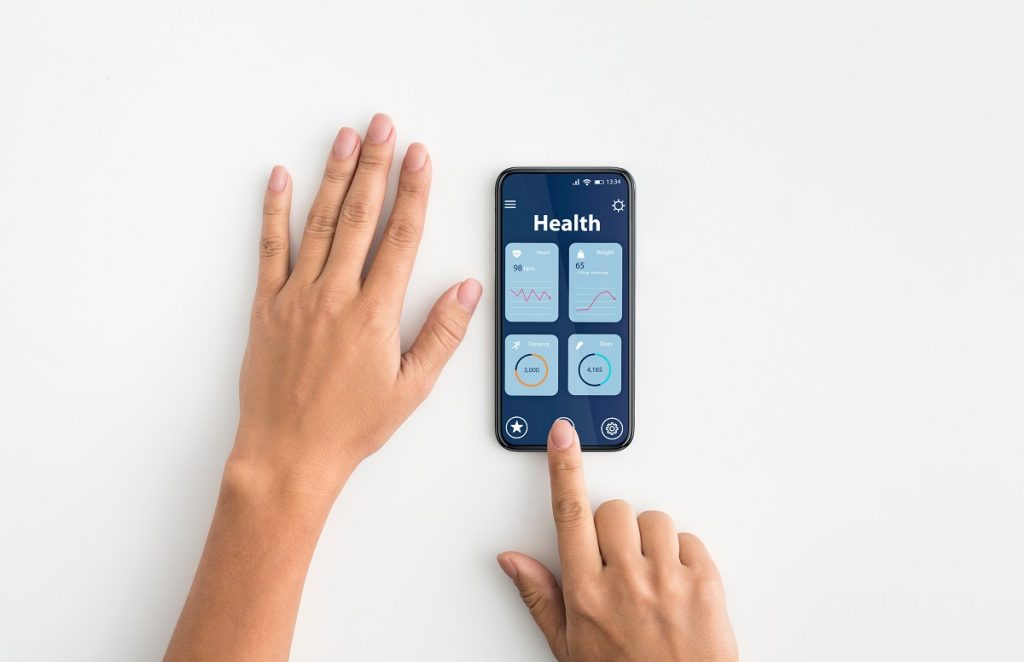Ross O’Brien is Managing Director for the UK and Europe at Wysa. He brings 15 years of rich experience in the healthcare industry, mainly focusing on mental health and equity of access for underserved communities and digital innovation.
It’s abundantly clear that the NHS and our healthcare systems can benefit from digital clinical tools, and indeed are making great strides to do, with Sajid David recently stating that the “long-term sustainability of health and social care is dependent on having the right digital foundations in place.” Digital health apps that are accessible via the internet or phones are proven to improve access for patients, offer support during waiting time, provide better data insight and give higher patient engagement. But how does the NHS know which ones to use and endorse? It’s not an easy task, given that there are over 350,000 digital health apps on the market, and an average of 250 new health apps released every day. Choice is not an issue. But making the right choice could be. Commissioners and clinical leads are committed to upholding safety standards while putting the best tools into the hands of clinicians and patients. How can they do that?
One of the challenges is that there has historically been no common consistent standard across the NHS. In other industries there is an ISO or equivalent benchmark, but the NHS has a number of different and sometimes confusing standards, that have evolved as the organisation has been developing at pace to meet the needs of a growing population and changing needs. In the UK is a thriving digital innovation sector and a receptive health service. But there are challenges to getting them into action.
That’s why the Innovation Development at NHS Transformation Directorate has undertaken an initial consultation to define the standards for clinical safety, data protection, cybersecurity, and technical assurance alongside a view of accessibility and usability. The result is Digital Technology Assessment Criteria (DTAC) is a new advisory assessment criteria for the commissioning of digital health. It is the absolute baseline that digital health technologies need to meet to operate safely within health and social care. Importantly, it is not that this criteria or standard can be met once and then forgotten, but must be consistently being adhered to as every single client log, clinical interaction and use case gets updated, so that the clinical safety risk profile fully up to date. Very few digital IAPT providers have DTAC accreditation so far. One of the ways that Wysa are supporting are by sitting on the DTAC review boards for talking therapies specific standards being developed by NHSE.
Every patient is unique. But the NHS is operating as a national body with a system and a process. We want personalised care as much as possible, but it can be challenging to make sure that the needs of patients are being met at the same as designing for population and organisational wide systems. What this means is looking at specific subsectors of the population, whether that’s by symptom, or demographic, and seeing how a specific technology can work for them.
As well as being used for self management, technology tools allow for data to be analysed and used to make clinical inference through an integrated system. This constant learning contributes to real world evidence that feeds back into development.
But none of this works unless we ensure clinical teams are invested. If they do not understand or are not upskilled to use digital tools, it will be impossible to get either their or patient buy in. Human knowledge, skills and relationships are at the front and centre of excellent deployment of technology in healthcare systems, and so listening to the experts and what they need to deliver the great care the NHS is known for is crucial. Good technology allows the right data to be in the correct place and facilitates people having access to the best possible information available at that time – allowing them to make the best health decisions.
At the same time as the growing move to personalised care and increased adoption of technology, it is important to be aware of potential risks of technology. What is different about a social media trend or random app from the app store is the robust regulation from the NHS. The DTAC framework is essential to ensuring that robust clinical standards are being met on a consistent basis, delivering the best in patient outcomes. Which is what good technology is designed to do.

